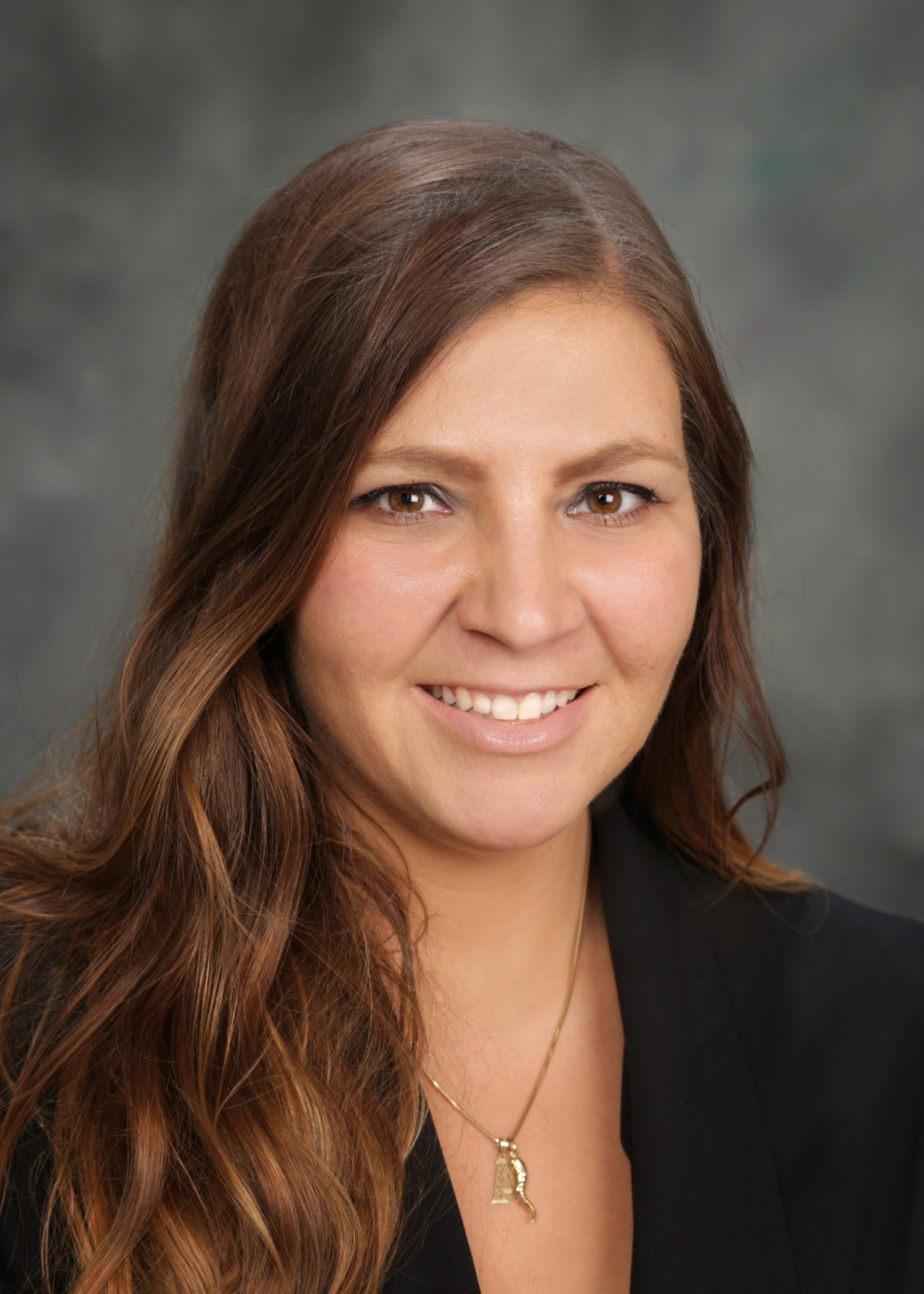As the military works to become a more lethal force, the services' health care leaders have pledged to support the cause by helping attain maximum readiness - including finding ways to deal with troops who can't deploy.
Military health leaders gathered this week during the annual meeting of AMSUS, The Society for Federal Health Professionals, to share their outlook for each branch of the military and the U.S. Public Health Service. Their focus remains on a top priority laid out by Secretary of Defense Jim Mattis.
“Readiness is No. 1,” said Lt. Gen. Nadja West, Surgeon General of the Army, who noted that Mattis regularly requests updates on deployability statuses.
There are about 126,000 troops were non-deployable as of Aug. 31, according to a report from Military Times. Earlier this year, a new DoD policy took effect that would process administration separation for servicemembers who have been in non-deployable status for 12 consecutive months. Each service is required to meet a goal of having no more than 5 percent of its total active duty, Reserve, and National Guard forces non-deployable within the next two years, according to Military Times.
Military health leaders have said they are looking at a range of policies to bolster national security readiness.
Lt. Gen. Dorothy Hogg, Surgeon General of the Air Force, said her branch has put an emphasis on mitigating injuries by having medics work closely with airmen in physical jobs.
“What we're doing is embedding medics with high-risk operators to prevent some of the health-related injuries, hopefully, and return them back to duty quicker,” she said.
In another approach, Navy Rear Adm. Colin Chinn, Joint Staff Surgeon, said the military has begun discussions to reassign duties to troops with minor injuries.
“Even though a servicemember is non-deployable to U.S. Central Command for minor reasons, that individual may still be eligible for a Pacific Command, Southern Command, other commands,” said Chinn, who serves as the top medical advisor to the chairman of the Joint Chiefs of Staff. “Should you be labeling them non-deployable? I think that's a great question to be raised and I think we need to look at it.”
Capt. Kathy Beasley, USN (Ret), MOAA's director of Health Affairs, said she hopes policy changes and innovations will increase readiness.
“The key to combat effectiveness - and to be able to answer the services demand signal 24/7 - is to maintain and to promote a healthy and medically-ready force,” she said.
Under the new policy, the Defense Department was set to begin administrative separation for non-deployable troops last month.
The policy exempts troops who are pregnant, post-partum and combat-wounded.
Amanda Dolasinski is MOAA's staff writer. She can be reached at amandad@moaa.org. Follow her on Twitter @AmandaMOAA.

